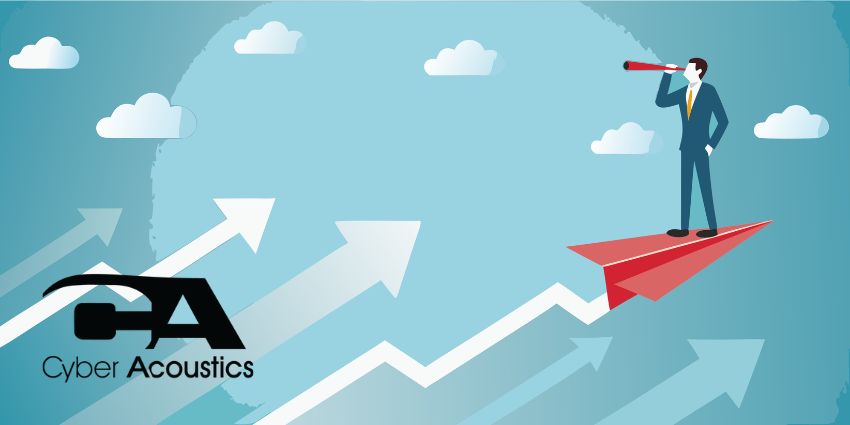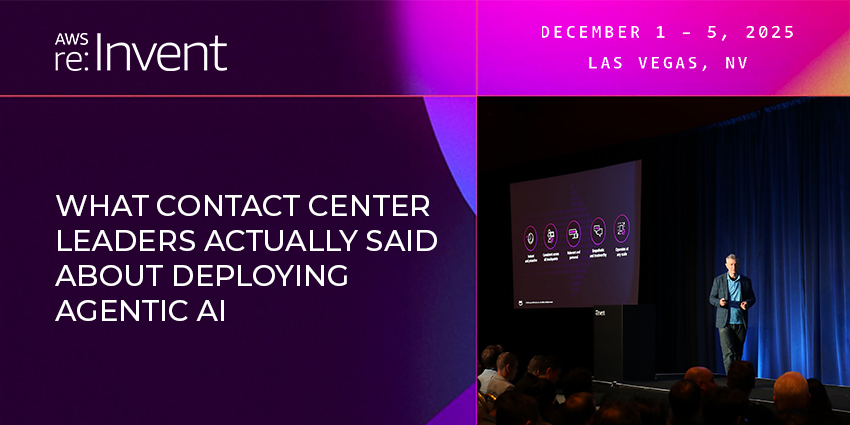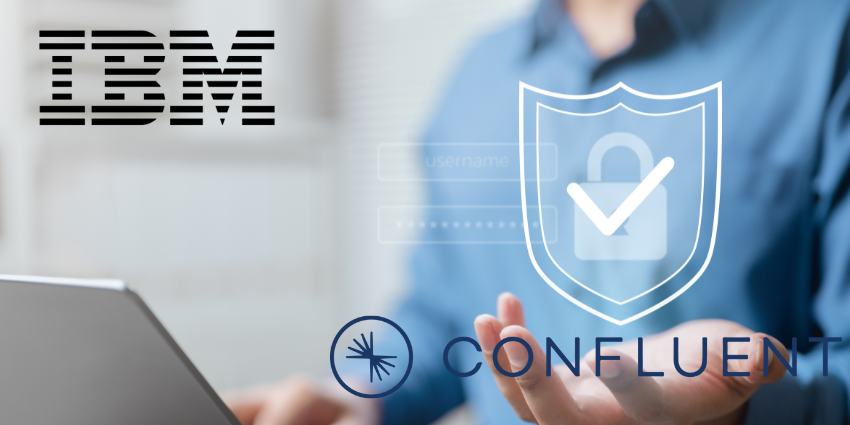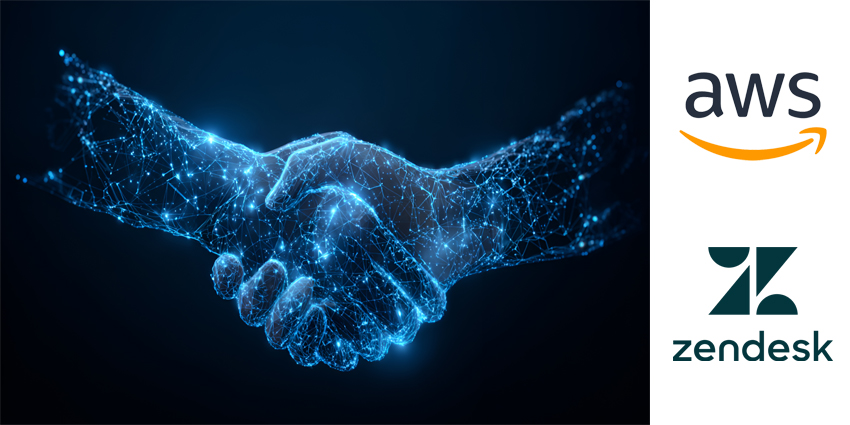Most people have heard of helpdesks and service desks at this point, but most don’t know the difference between the two. While helpdesks and service desks can both have an impact on your CX strategy, they each offer different benefits and features.
If you want an entire end-to-end CX environment, complete with help ticket management, CRM insights, and analytics, then you need to start by understanding what each kind of software can really do. Today, we’re going to be looking at the major differences between the helpdesk and service desk, as well as which one’s best suited to your needs.
Defining the Helpdesk
Helpdesks or IT helpdesks are usually intended for tactical purposes. The aim is to solve technical incidents and issues as fast as possible, guiding people through troubleshooting and fixing processes. Helpdesks can either work alongside service desks and other tools or operate independently. While the helpdesk generally “reacts” to problems as they occur, they’re supposed to be as efficient and speedy as possible.
Helpdesks can:
- Support tracking and management for all incoming incidents
- Provide a single point of contact for IT support and guidance
- Automate tracking solutions for tickets, as well as routing, and email notifications
- Deliver basic incident and service request management features
- Provide integrations with ITSM practices like knowledge, configuration, and asset management tools
- Providing self-service options and knowledge bases for end-users
So, who might need a helpdesk? The toolset within a helpdesk provides support for service and incident request management, as well as change enablement. If you don’t have a lot of demand for IT support, having your own helpdesk can be the most cost-effective alternative.
Defining the Service Desk
So, what’s a service desk? A service desk is a much broader form of solution management, providing cross-organisational guidance and strategic features. With a service desk, companies can examine the wider needs of the business and the context in which issues usually happen. This means that you’re not just responding to issues as they take place, but tracking the entire performance of the company, so you can make better strategic decisions long-term.
Service desks usually manage incident and service requests, as well as enabling user communication and customer engagement. Most modern service desks also have a helpdesk component within them. The overall goal of the software is to improve the processes and efficiency of the business.
One of the significant benefits of a service desk is its ability to integrate with a full range of IT service management processes. You can use this technology to organise service level management agreements, integrate asset management, access crucial information, and more. The service desk can also be a crucial point of contact between end-users and the service provider.
Some key features of the service desk include:
- Integrations and communications with other configuration management databases and crucial tools within the organisation
- Full integration with other IT service management processes and functionalities
- Single point of contact support for all IT applications, areas, and business processes
- Support for connecting the business to the client
- Tracking compliance and managing service level agreements
- Providing self-service opportunities for incident and service inquiries
- Storing service catalogues and knowledgebase information
A service desk is quickly becoming an important investment for any kind of business, particularly in the age of experience. If you’re focusing on finding ways to improve IT functionality and optimize business performance, service desks can help with this. You can always embed helpdesk technology into the service desk to add extra instant management features too.
The Service Desk vs The Helpdesk
As you can see from these definitions, the main difference between the helpdesk and service desk is the focus and scope of each software. A helpdesk is a fast and efficient way to deal with problems as they happen. The environment provides the tools that companies need to address problems quickly, and reactively. On the other hand, a service desk focuses on delivering an experience that addresses multiple parts of the CX environment.
A helpdesk is an add-on to the full customer experience environment and a common part of the service desk software. However, it’s the service desk that acts as the environment for business growth and reputation development Service desk systems connect various points in the customer experience roadmap and help to ensure that companies can deliver on their promises.







